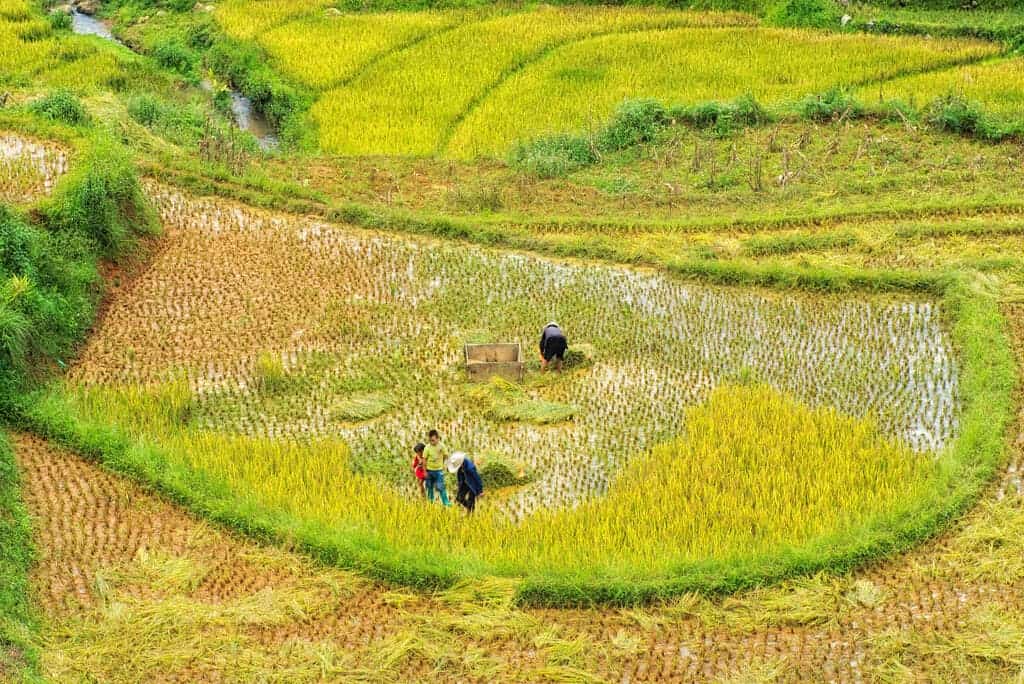In the upper atmosphere, ozone protects us from dangerous ultraviolet radiation but closer to Earth it can harm plants, animals, and even humans. In East Asia, a growing concentration of ground-level ozone is severely affecting air quality and crops, with a cost estimated at $63 billion a year due to lower yields, according to a new study.

Surface ozone is created by the chemical reaction between nitrogen oxides (NOx) and volatile organic compounds (VOCs). This happens when pollutants emitted by power plants, cars, refineries, boilers, and other sources chemically react in the presence of sunlight. Ozone can be transported long distances, so even rural areas can be affected.
Ozone in the air we breathe can affect our health, especially on hot sunny days, when ozone can reach unhealthy levels. Elevated exposure can also affect vegetation and ecosystems. In particular, ozone can harm vegetation during growing season. When it enters a plant, it affects a plant’s ability to carry out photosynthesis (the process to convert sunlight into energy), which can severely affect or outright kill the plant..
In a new study, researchers from the Nanjing University of Information Science and Technology in China analyzed the threat of elevated surface ozone levels to crop production in East Asia, especially to wheat in China and rice across China, Japan, and South Korea. They combined air monitoring at 3,000 locations and ozone experiments, quantifying the damage and the cost caused by ozone pollution.
“Despite the deceleration of the increase or even decrease in America and Europe in the last two decades, surface ozone concentration is increasing in Asia and has outweighed trends in other regions,” the researchers wrote in their paper on Nature. “Surface ozone poses a threat to food security due to its deleterious effects on crop production.”
The ozone challenges
In the study, the researchers found that an average of 33% of China’s wheat crop is lost every year because of ozone pollution, with 28% lost in South Korea and 16% in Japan. For rice, the average figure in China was 23%, though hybrid strains were more vulnerable. In South Korea, the figure was almost 11%, while in Japan it was over 5%.
This is an especially concerning issue for China, as it has to feed 20% of the world’s population with just 7% of the world’s farmland. The country has lost 6% of its arable land (or 7.5 million hectares) from 2009 to 2019, according to government data, a trend that is expected to continue by 2030 due to industry, energy, and urban expansion.
“The quantification of the ozone impacts is a premise for any planned actions to protect Asian food production from the increasing threat of surface ozone. However, the real challenge would be to reduce the O3 levels, which should be achieved by applying drastic cuts in the emissions from road transportation and the energy sector,” the researchers wrote.
In the study, they suggest rigorous emission regulation among Asian countries could lead to higher ozone reduction targets. Besides this, ozone-induced crop yield losses could also be reduced by implementing a combination of agronomic practices such as adjustment of water supply and breeding and selecting more ozone-tolerant cultivars and hybrids.
The study was published in the journal Nature.
Was this helpful?



